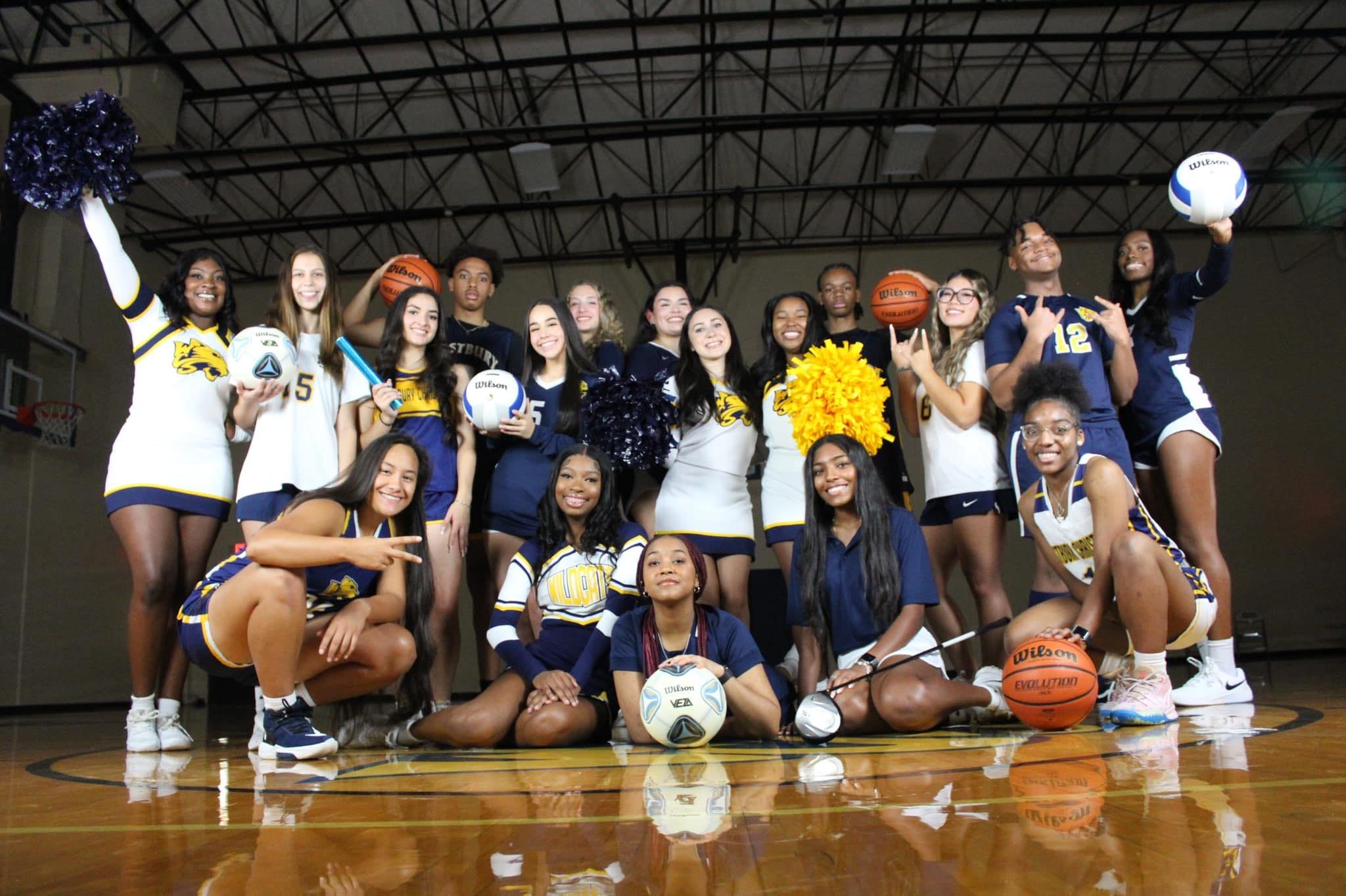Coverage and Content Explained
By Jacqueline Davis
In a yearbook, after you have decided on a theme, you will need to define your content and coverage. Let us clarify the difference between these two. Your coverage refers to the variety of topics and events in the book included by sections. The content refers to the specific information presented about those topics and events within each section.
Coverage is the width of the yearbook’s scope. It encompasses a diverse range of covered subjects, such as academics, athletics, extracurricular activities, and student life. A yearbook with good coverage will provide a comprehensive overview of the school year, highlighting the most important and memorable events.
Content is the depth of the yearbook’s information. It refers to the details and specifics that are presented about the subjects that are covered. A yearbook with good content will provide relevant, relatable, and engaging information for the readers.
In a yearbook, good coverage and content are both important. Coverage ensures that all aspects of the school year are represented, while content ensures that the information presented is interesting and informative. A yearbook with both well-presented coverage and content will be a valuable keepsake for all of those involved (school, organization, club, event, etc).
Examples of what coverage and content look like in a school yearbook:
Coverage (overview)
Academics: core/major classes, clubs, and competitions, as well as profiles of outstanding students and teachers.
Athletics: sports teams, individual athletes, and sporting events.
Activities: clubs, organizations, and special events.
Student life: school dances, parties, and other social events.
Content (details)
Academics: the school’s curriculum, extracurricular activities, and academic achievements.
Athletics: the teams’ records, players’ statistics, and highlights of games.
Activities: the clubs’ and organizations’ activities, goals, and members.
Student life: school traditions, student government, and student activities.
By providing good coverage and content, a yearbook can create a lasting record of the year that is both informative and enjoyable to read. Now, you have the creative freedom to decide what goes in your book and remember to think of overall coverage first and then the content within. Do you need ideas on content? Check out Kaylee’s content checklist to start brainstorming or getting your book organized and laid out.
Did you enjoy this blog? Well there’s more with that came from, discover Yearbook Groupie! A collaborative forum and blog site for yearbook advisors.




